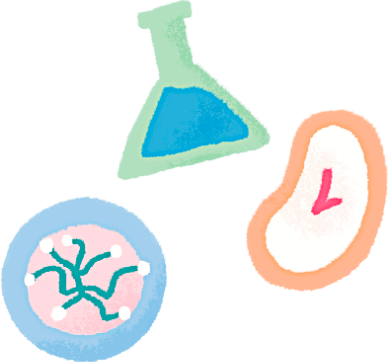Type Of Media:学術論文
Publication/Magazine/Media:Bioconjugate Chemistry
Author:Jongmin Yum, Fadlina Aulia, Keisuke Kamiya, Mao Hori, Nan Qiao, Beob Soo Kim, Mitsuru Naito, Satomi Ogura, Tetsuya Nagata, Takanori Yokota, Satoshi Uchida, Satoshi Obika, Hyun Jin Kim* and Kanjiro Miyata*
Hydrophobicity Tuning of Cationic Polyaspartamide Derivatives for Enhanced Antisense Oligonucleotide Delivery
Various cationic polymers are used to deliver polyplex-mediated antisense oligonucleotides (ASOs). However, few studies have investigated the structural determinants of polyplex functionalities in polymers. This study focused on the polymer hydrophobicity. A series of amphiphilic polyaspartamide derivatives possessing various hydrophobic (R) moieties together with cationic diethylenetriamine (DET) moieties in the side chain (PAsp(DET/R)s) were synthesized to optimize the R moieties (or hydrophobicity) for locked nucleic acid (LNA) gapmer ASO delivery. The gene knockdown efficiencies of PAsp(DET/R) polyplexes were plotted against a hydrophobicity parameter, logD7.3, of PAsp(DET/R), revealing that the gene knockdown efficiency was substantially improved by PAsp(DET/R) with logD7.3 higher than −2.4. This was explained by the increased polyplex stability and improved cellular uptake of ASO payloads. After intratracheal administration, the polyplex samples with a higher logD7.3 than −2.4 induced a significantly higher gene knockdown in the lung tissue compared with counterparts with lower hydrophobicity and naked ASO. These results demonstrate that the hydrophobicity of PAsp(DET/R) is crucial for efficient ASO delivery in vitro and in vivo.
http://doi.org/10.1021/acs.bioconjchem.3c00456

